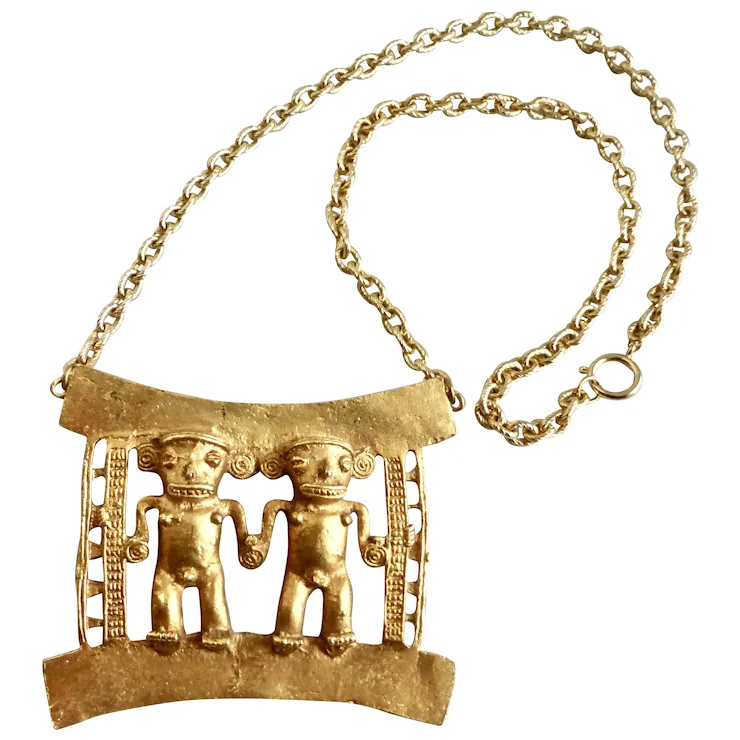The Aztecs and Incas were two powerful pre-Columbian civilizations that rose to prominence in different regions of the Americas. The Aztecs, based in Central Mexico, were a warrior society with a complex social hierarchy and impressive engineering feats, such as their floating gardens. The Incas, ruling over a vast amount of land along the western coast of South America, were skilled farmers using sophisticated techniques to grow crops at high altitudes. Their society was highly hierarchical with a more centralized power structure, and they were known for their impressive stone structures like Machu Picchu. Both civilizations ultimately fell to Spanish conquistadors, but their legacy lives on in art, architecture, and cultural traditions.
The Aztecs vs. The Incas: A Look at Two Fascinating Pre-Columbian Civilizations
The Aztecs: The Empire of the Sun and War
The Aztecs were a powerful Mesoamerican civilization that rose to power in the 14th century. They were based in Central Mexico and their capital, Tenochtitlan, was one of the largest cities in the world. The Aztecs were also known as the Mexica, from which we get the modern name Mexico.
The Aztecs were a warrior people who believed in a number of gods and goddesses. They were especially enamored with their sun god, Huitzilopochtli, who they believed needed human blood to keep him strong. This led to Aztecs being frequently at war with neighboring tribes and empires.
The Incas: The Empire of the Andes and Agriculture
The Inca Empire was the largest empire in pre-Columbian America, ruling over a vast amount of land along the western coast of South America. Their capital was Cusco, located in modern-day Peru.
The Incas were skilled farmers and agriculturalists, using sophisticated techniques like terracing and irrigation to grow crops at high altitudes. They also worshipped the sun, but their religion was more centered around their god Viracocha, who they believed created the world. Unlike the Aztecs, the Incas were not always at war and instead relied on diplomacy and alliances to expand their empire.
Social Structure
The Aztecs were a highly stratified society with a complex social structure. At the top of the hierarchy was the emperor, who was also the high priest. Beneath him were nobles and priests followed by skilled workers, commoners and slaves. The Aztecs had a polygamous society where noble men were allowed to have multiple wives.
The Inca social structure was also highly hierarchical, but with a more centralized power structure. The emperor or Sapa Inca was considered a god and absolute ruler, and all lands and resources belonged to the emperor. The Inca Empire had a system of labor called mita, where each person was required to work for the state a certain number of days each year.
Architecture and Engineering
The Aztecs were known for their impressive architecture and engineering feats, including their large pyramids, canals, and aqueducts. One of the most impressive examples of Aztec engineering is their floating gardens, called chinampas. These gardens were made by creating small islands of reed beds and mud in the shallow waters of Lake Texcoco, which provided fertile land for crops.
The Incas were also skilled engineers and architects, using their knowledge of terracing and irrigation to farm in the steep Andean mountains. They built impressive stone structures, including the famous Machu Picchu, a citadel made of huge blocks of stone and located high in the Andes Mountains.
Writing and Language
The Aztecs did not have a writing system like the Incas, but they did have a highly developed system of pictorial writing known as codices. These books were made of bark paper and depicted various aspects of Aztec life and history. Unfortunately, most of these codices were destroyed by Spanish conquistadors.
The Incas developed a unique writing system called khipus, which used strings of different colors and knots to represent numbers and other information. While scholars are still working to decipher this system, it is clear that it was used for record-keeping and communication within the empire.
Conclusion
The Aztecs and Incas were two remarkable pre-Columbian civilizations that left an indelible mark on the world. While their societies had many similarities, such as worshiping the sun and water, they also had distinct differences, such as their social structures and engineering feats. While both civilizations ultimately fell to the Spanish conquistadors, the legacy of the Aztecs and Incas lives on in the art, architecture, and cultural traditions that have been passed down through the ages.
